This guide describes the most diverse skin types and how they can determine, recognize and care for their skin type. Everyone has a different skin type, which you have to recognize correctly in order to be able to care for them accordingly. So use a magnifying mirror like the one men use when shaving. If you look at yourself critically, you can not only determine the nature of your skin, but also defects and defects that have to be eliminated.
The different skin types
The beautician distinguishes several Skin types, which are described in the following to give you some tips for the treatment.
Normal skin

The normal one Skin type is an ideal case, which unfortunately occurs extremely rarely. This skin Reminiscent of a peach, it is velvety, firm, well supplied with blood, fine-grained, neither too fat nor too dry and without annoying freckles or liver spots.
To maintain a normal skin Daily washes with lukewarm water and mild soap or a borax additive are sufficient. After washing, always rinse well and skimp on the cream, because this skin forms enough fat by itself. However, it requires very careful handling and must not be irritated by using too much toweling or pressing when applying cream. On a normal skin We mostly enjoy it with children, unfortunately it usually changes during puberty.
Oily skin
Fatty or fatty Skin types (see also oily skin) are characterized by impurities such as pimples and blackheads, as the pores are clogged by excessive fat secretion. With dark-haired people there is one skin more often than with blondes. It is strong and large-pored, but has the good property that it does not age so quickly.
They must not be treated with too strong agents such as frequent soap washes, high-percentage facial tonic or pure alcohol. Think about fat hair. The more often you wash it, the faster it greases because the sebum glands are stimulated by washing. So you have to relieve them of the work and use non-degreasing agents for care.
You clean this skin with face milk or cleansing cream, but best with cleansing oil and rinse off with plenty of cold water to which you can add a little lemon juice. Vitamin creams, ichthyol preparations, sulfur powder and acidic (astringent) facial tonic are recommended.
Dry skin
Dry Skin types (see also dry skin) is very common, especially in blond and red-haired people. Too little fat is produced by the sebum glands, so the skin often appears scaly and rough. Sometimes it looks smooth and shiny, but taut. This thin, delicate skin is sensitive to weather conditions and water changes. The pores are small, there are no blackheads, but now and then semolina grains form. Wrinkles and "crow's feet" appear faster than with fetter skin and easily give the face a withered expression.
Soap washes, treatments with high percentage facial tonic and long exposure to the sun should be avoided. To such a one skin you have to bring fat cream several times a day - but not too much at once - so that the rockiness is balanced.
Large pore skin
Large pore Skin types are also called "orange peel skin" (orange peel, orange peel). Often it arises from being too fat skin. The pores can be enlarged by persistent fat secretion, most often above the nose. The cause can also be excessive steam baths and excessive sun exposure. Even through to the unprotected skin applied powder can widen the pores. Astringents are recommended.
Well-perfused skin
Well supplied with blood Skin types usually have a healthy one skin. The red-cheeked types always look blooming, although they often don't feel that way. You have to be very careful with this skin so as not to increase blood circulation. Use only very soft cloths to dry off. Do not use hormone creams for care, use nutrient and vitamin creams.
Skin with poor blood supply

Poor blood supply Skin types always appear pale, although not every pale type suffers. The skin is often dry. Here vigorous massaging and treatment with blood circulation-enhancing agents such as camphor facial tonic, fennel or chlorophyll creams help.
Nervous, hypersensitive skin
Nervous and oversensitive Skin types should be handled with particular care as they are easily prone to irritation and redness. It is often sensitive to certain substances, sometimes even to water that is only tolerated when it has been boiled. In such a case you have to use very mild, little or no perfumed creams and facial tonics with a low alcohol content. The skin must be handled lightly and carefully and particularly protected from external influences. It is advisable to use lactalbine ointment for care, which can be bought in pharmacies.
Sports or leather skin
Sports or Dermis types are suntanned and tanned by the weather. They have deeply buried folds. You have to soften it with packs and compresses, grease it a lot and massage it vigorously to give it a softer appearance again.
Mischaut
Of the Combination skin type is probably the most common. Many of us have oily ones over our nose and chin skinwhile the cheeks are dry. You have to make sure that the different places are treated separately from each other during care.While the greasy spots require astringent, the dry ones need more cream to match the others. The cleaning is the same for the whole face.
Aging or atropic skin
Aging and atropic Skin types every older person gets it, whether they want it or not. The first folds and wrinkles are not welcomed, and some notice with horror these "signs of age" that they would like to cover up. This skin must be given plenty of fat and water.
Hormone creams are also appropriate. Nourishing, firming masks, packs and massages that stimulate blood circulation are ways to give aging people a well-groomed appearance.
If you now have your Skin type Having correctly recognized and assessed, they can also carry out appropriate care that will help them to appear comfortable to themselves and to others. And which woman or man does not want that?

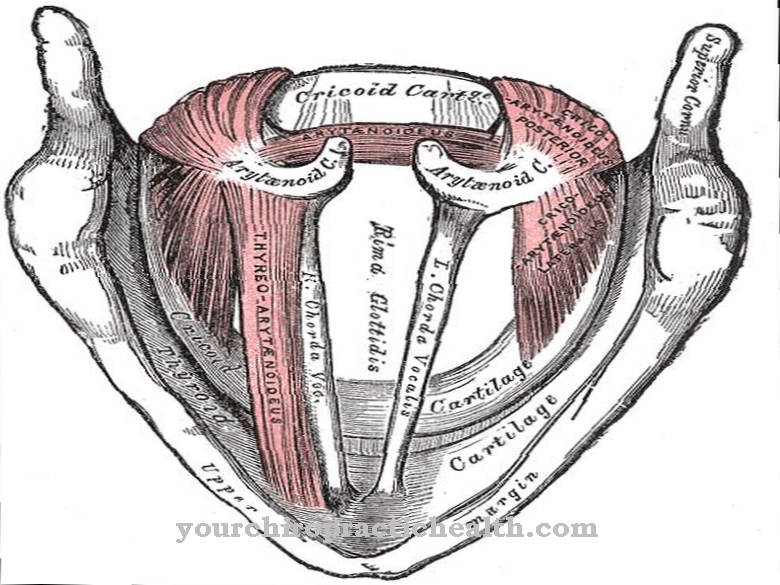
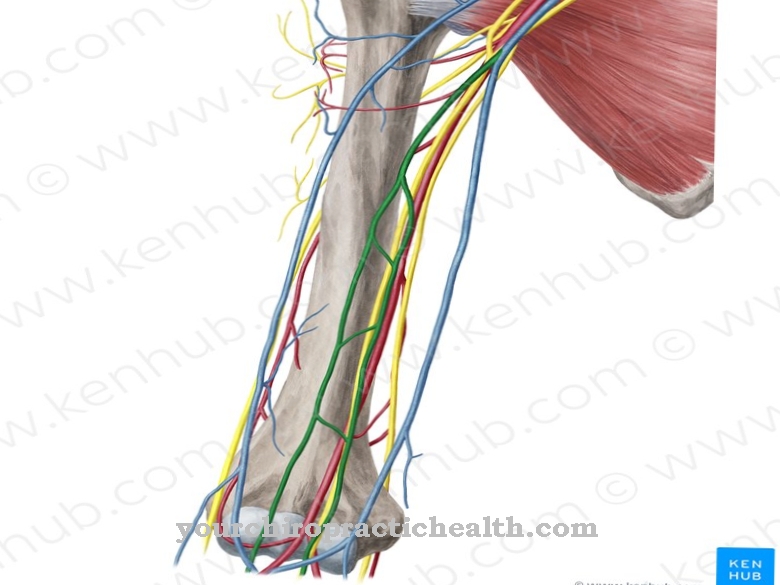
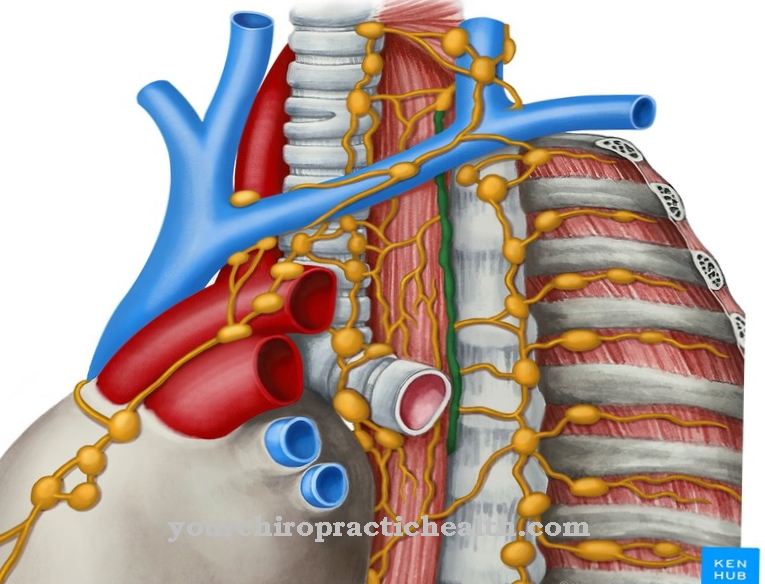
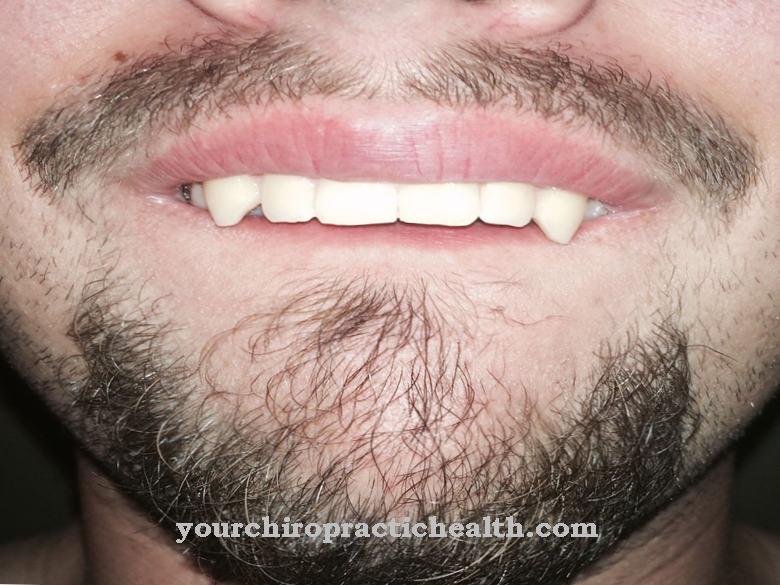




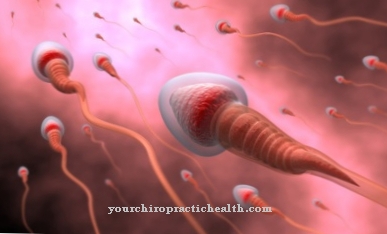
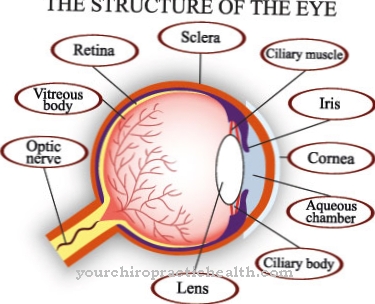
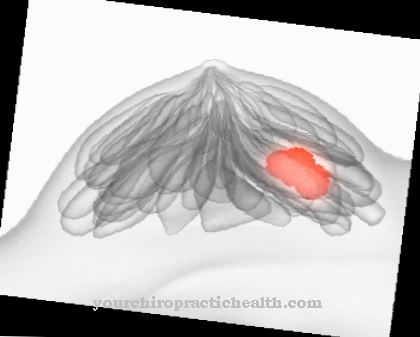

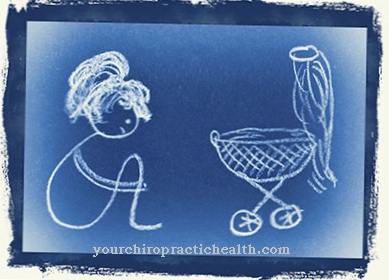
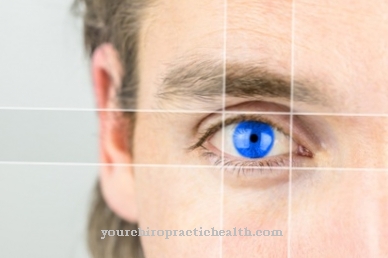


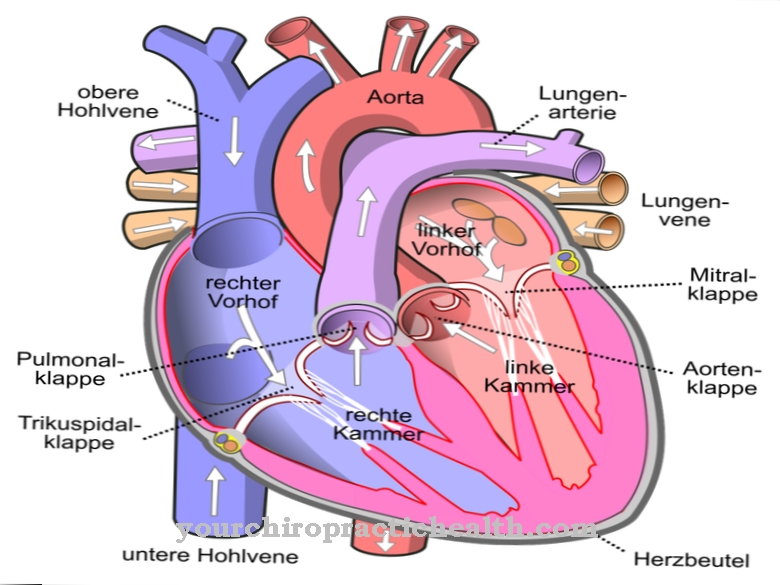

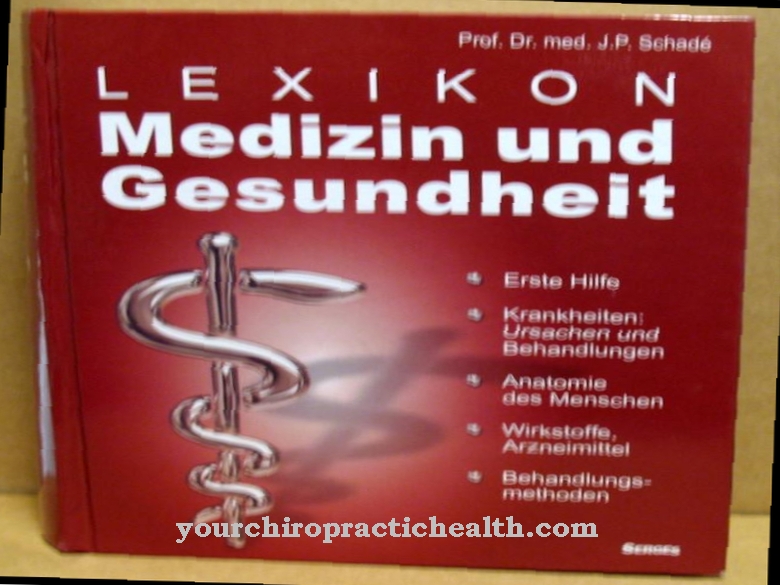

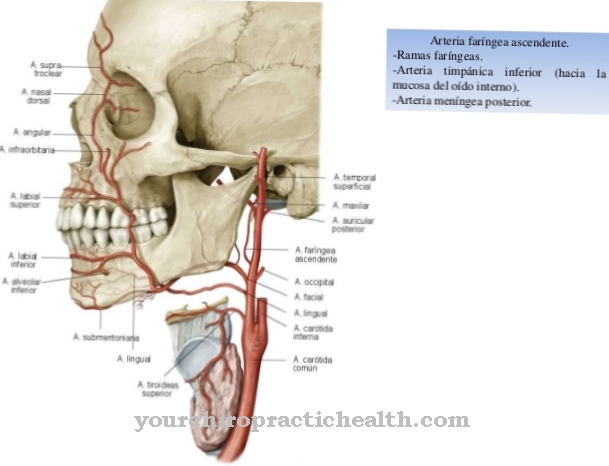
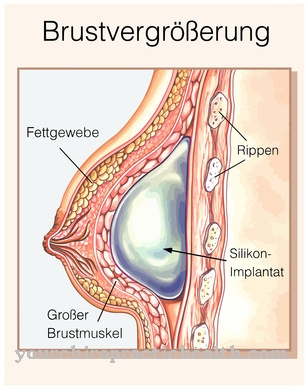
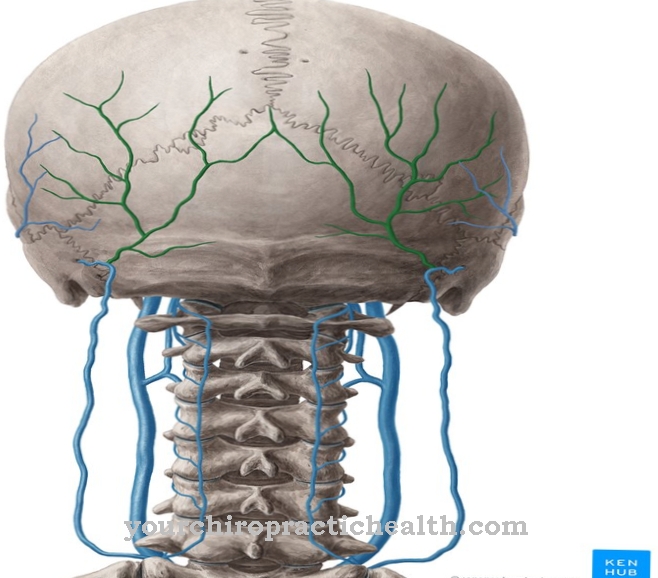
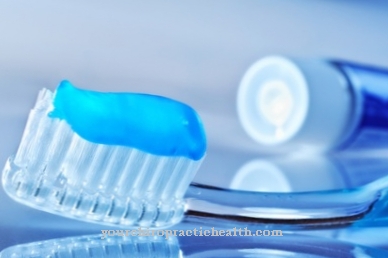
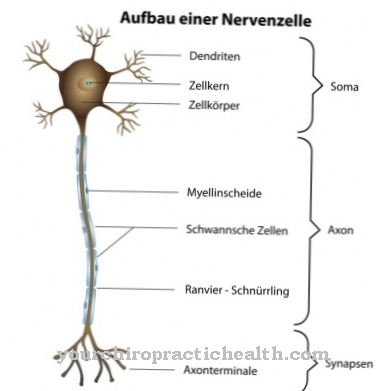
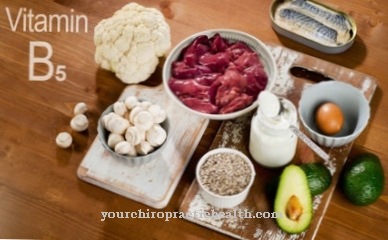

.jpg)